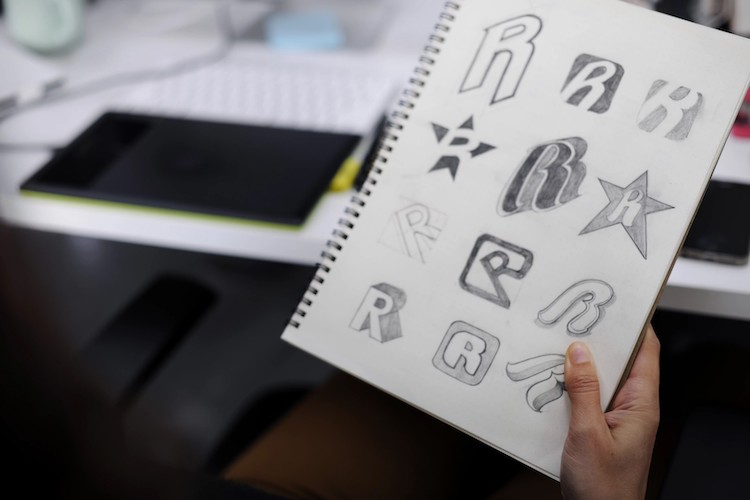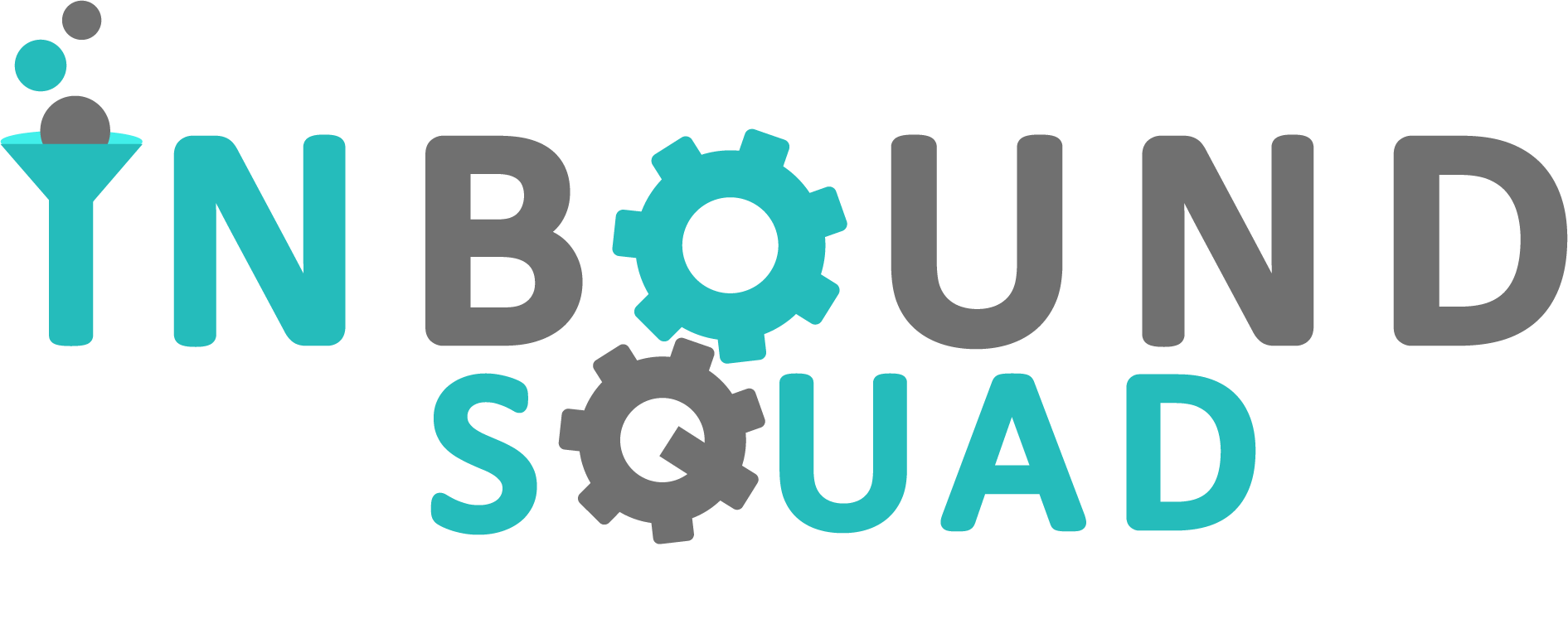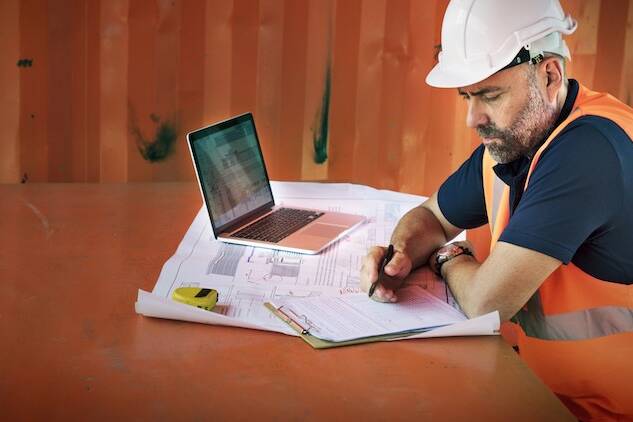Branding is the official landmark of all companies that have a specific product or service to offer to their clients, one they want to be remembered for and associated with. Your brand communicates a promise to your current and potential clients while acting as a tool to be recognized within a sea of businesses that may offer similar services to a similar customer base. Branding yourself ensures you don’t get lost in the shuffle, and your clients remember you.

Branding your construction company is especially important due to the over-saturation currently in the market. The bar to enter the construction industry is set quite low, leaving room for an oversaturation of companies all competing for the same projects and materials. Why would someone go with your company if there are twenty others just like it showing up in their targeted search? You have to develop a set of values and promises that will set you apart from the heavy competition, giving potential clients no choice but to see your value and view you as the best possible option.
Identify Your Promise
When taking on new clients, or working to satisfy new ones, it’s important that you develop a clear message that outlines what you promise to deliver to them, so they know what standard of work they can expect from you. This includes not only what standard of completed work they should anticipate, but things that indicate your brand will go above and beyond for the client.
The point of promising something to your clients is that it differs from what other local construction companies promise and execute. The best way to ensure this is to perform detailed research on your competitors so you can fill in the gaps of their promises, and find ways to differentiate yourselves from what they do, and how they do it. Some ways to brand yourself can be:
- Reliable/Dependable
- Creative
- Trustworthy
- Good Quality
- Fast
One of the main things you’ll want to avoid when making promises to your customers is implying or directly stating that you’re “cheap” – even if you can afford to be competitive on pricing, you don’t want to decrease the value of the work that you do. Your clients will be looking for the value in what you do, not hunting for the lowest price in the industry – even better, if they find the most value in your work and brand promise, and find that your pricing is also the best, they’ll feel more inclined to go with you!
After you’ve identified what your company stands for and the qualities that set you apart, you have to commit to upholding these values so as not to tarnish your brand reputation – this will be what gets you customer referrals and works to build your track record.
Create Your Logo
This is the fun part – here’s where you can get creative, and determine what strong image or symbol will best represent your company to your clients. Brands are most identified by their logo – think big brands that don’t even have to mention their name in their advertisements, the presence of the logo enough for the typical consumer to know what company is being referenced. Your company won’t get to this point right away, but that should be the end goal!
As a construction company, you will want to make your logo relevant to the work that you do, while still being creative. A logo of a house or building, though recognizable, is a little played out – you could go grand in your design, or keep it simple, but interesting. Think a couple glancing out at their new property, a child being brought back to a new home – not only are these out of the norm, but they evoke an emotional response!
Your logo should capture everything you want to say about your company, in a single image. This sounds fairly difficult, right? If you aren’t confident in your graphic design abilities, it may be best to hire a professional to work with you to meet your design goals, just to be on the safe side. Here are some of the most popular branding colours, and what each colour signifies to help you to choose what to incorporate into your logo to best represent your company.

Gold: Gold evokes the feeling of prestige, the colour often associated with high-quality products, services, and intentions. Using gold in your logo would subtly communicate value to your clients, especially if you do work on larger scale projects such as hospitals, schools, or businesses
Dark Green: This dark shade is a symbol of ambition, which reflects positively on your company’s work ethic – dark green would ensure that no matter how big or small, your company will get the job done
Dark Blue/Black: Both of these dark colours are representative of power and knowledge, and could be combined with gold to send a strong message to your clients.
Add a Human Element to Your Brand
Now that you’ve specifically identified what sets you apart from the competition and have branded yourself accordingly, you need to make your brand identity as personal, and as appealing as possible. Customers like to see personality and authenticity in your content and the way you conduct business, and will remember you for it – maybe it’ll even make them keep coming back.
Unfortunately, people no longer feel inclined to trust brands – when people think of brands they often think of corrupt corporations, due to historically heavy advertising, and the general lack of personal interaction they have with them. So, how do you stray as far away as you can from this ideal, and make a personal, human connection with your prospects that will build that trust?
Engagement

Don’t just speak at your prospects and push advertisements in their direction – speak to them. Jump into discussions your customers are having in the comments of your posts, ask them questions they can provide written responses to, and thank them for taking the time to engage with your company. This is a great opportunity to utilize Houzz – this online directory is full of homeowners seeking construction advice, and if you’re qualified to answer their questions, you can do so to build trust and personal relationships. You might even get a customer out of it!
Even better so – 90% of Houzz users are homeowners, and the platform itself receives 40 million unique users every month!
The more you engage with them, the more they’ll see a person within your brand, instead of just a faceless entity – and when you are engaging, don’t be robotic! Try to be warm and personable in your responses to build that connection.
Humour
Humour has been proven to have your brand remembered, but you’ll have to be careful in your execution of it.
For example, if you make a joke during a national or local crisis, your humour may be perceived to be distasteful, and worse yet, offensive. You don’t want backlash for your jokes, nor do you want your prospects to find your brand to be immature.
If your company prides itself on being taken seriously and professionally, and, correspondingly, seeks clientele that has adopted more of a professional nature throughout their business endeavours, incorporating humour into your company’s brand may not sit well.
If you’re going to make attempts at incorporating humour or anecdotes into the way you communicate with your audience, make sure it is tasteful, timely, and accurately reflects your brand. If it doesn’t work, don’t force it.
Use Emotional Storytelling
Everyone loves a good story, especially when it’s relatable, and can build a personal connection with your audience. Storytelling humanizes your brand and reminds your audience that you exist because of a mission statement, and a clearly defined set of goals that you’re intent on delivering – you don’t just see them as numbers on a whiteboard. In fact, 79% of consumers believe that brands should be more genuine!

Peter Noel Murray, Ph.D., includes a few compelling findings from his research on the way emotions influence what consumers purchase. For example:
Positive emotions have a much larger influence on the customer’s loyalty than judgments based on the brand’s attributes, like trust
The emotional response triggered by an advertisement has a much larger influence on the customer’s intent to purchase than the actual content of the advertisement itself.
People are much more emotional than they are logical – if you tell the story of building newlyweds their dream home for them to share, restoring a family home after damage or fire, or making additions to public hospitals or medical centers, people will develop trust for your brand, along with a soft spot in their heart for it.
Always Deliver
Once you’ve developed what you stand for, have associated imagery with your brand, and have begun to interact with potential and existing clients in ways that are reflective of your brand goals and company mission statement, you have to continually uphold your message.
Like I said earlier, there is a lot of competition out there – you want to keep your brand consistent to show that you’re experts in the construction industry and that you’ll be sticking around. A consistent brand reflects:
- Professionalism
- Authenticity
- Direction
Everyone benefits from brand commitment – you, your clients, and your team. Your team will have a good understanding of deadlines and criteria, your clients will be prepared to expect it, and you’ll be confident in your message and promise.
In the construction industry, your brand couldn’t be more important. There’s a huge demand for your services, you just need your target to know about them!
Sarah Al Daghreer
Sarah is the owner and founder of Inbound Squad. She also specializes in local SEO and inbound marketing.




